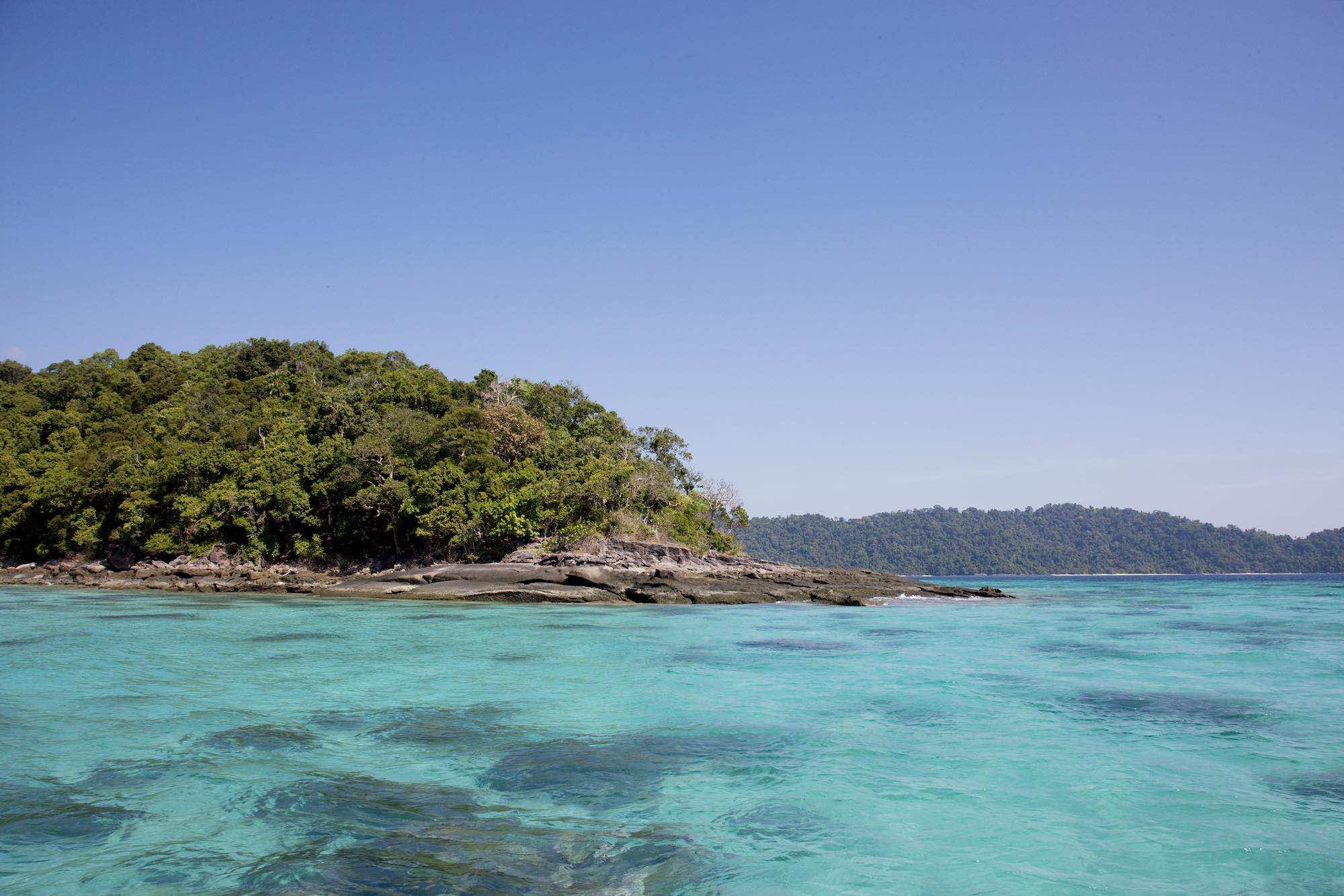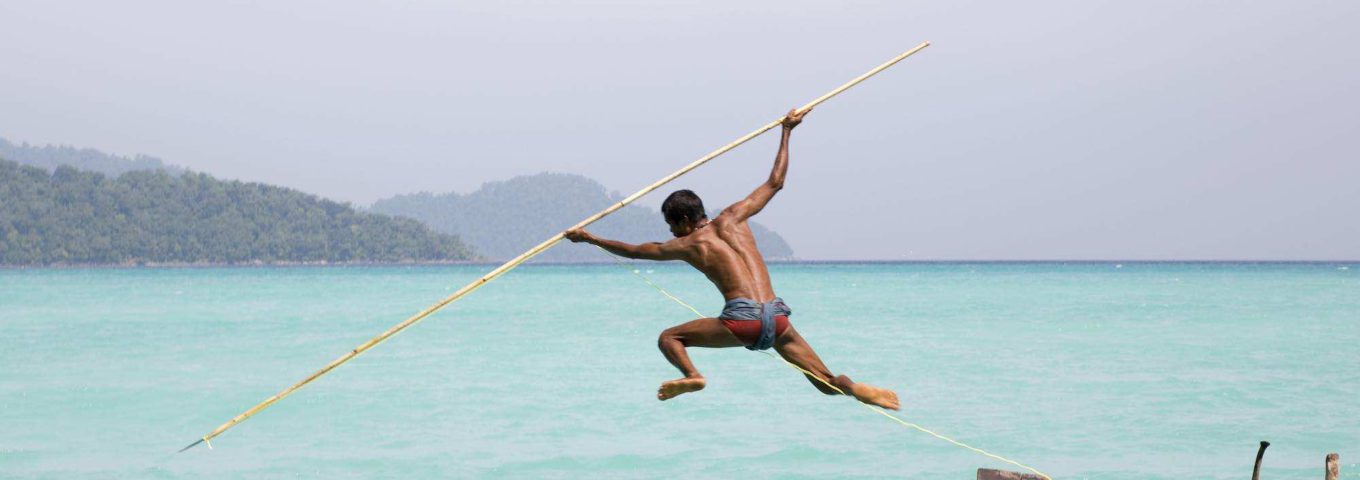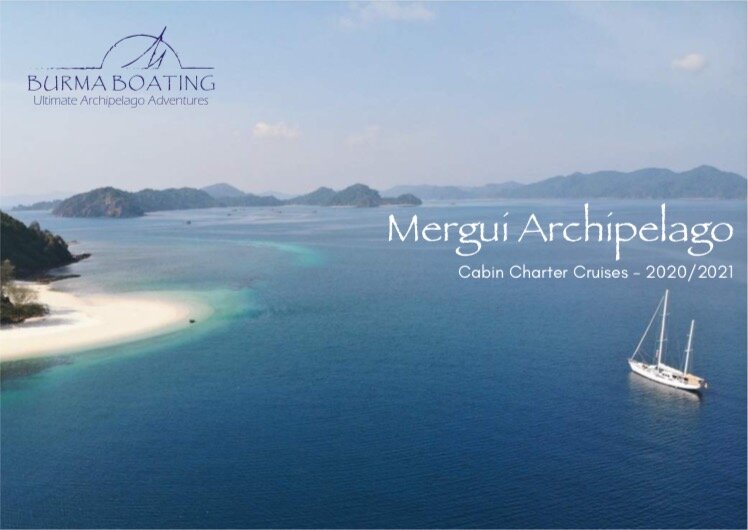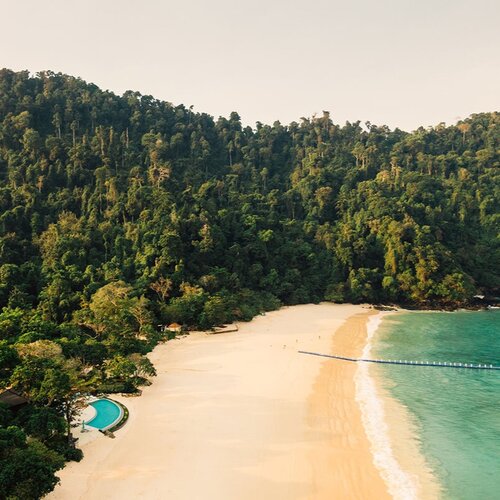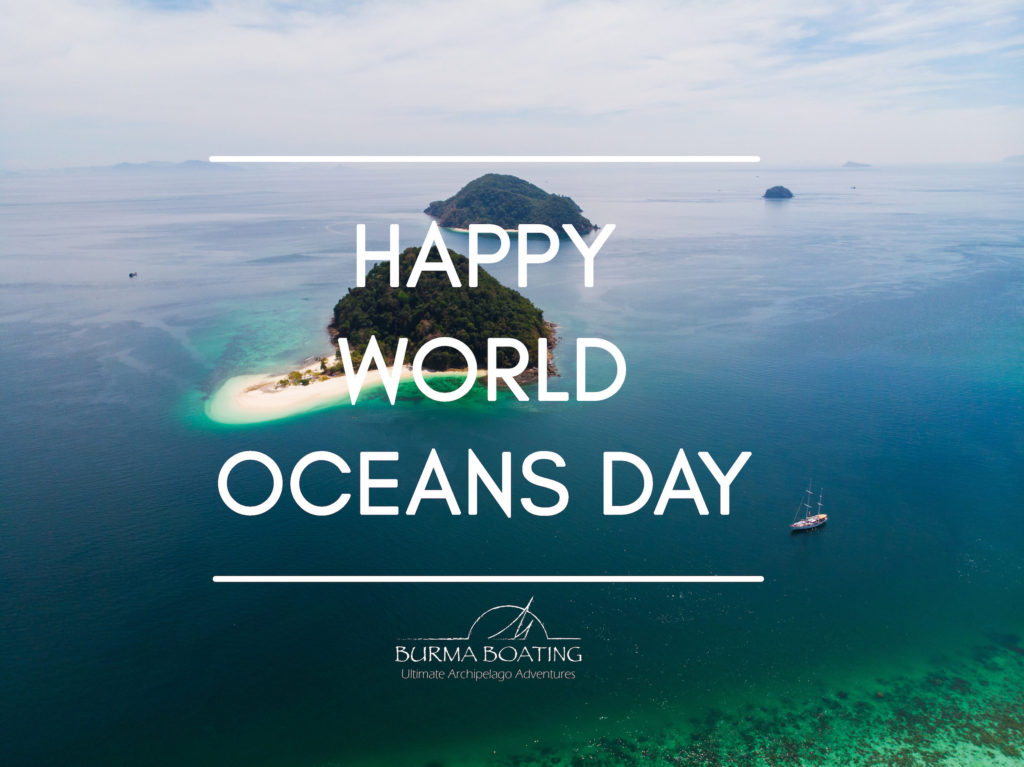Cat Vinton: The Life of the Moken “Sea Gypsies”
Cat Vinton: The Life of the Moken “Sea Gypsies”
October 30, 2015 in Galleries, Mergui, Moken, Islands
British photographer Cat Vinton spent weeks on a kabang boat, documenting the life of a Moken family on the Andaman Sea. Here she talks about this fascinating project and shows us some of her amazing photos.

In 2009 I lived with a remote, self-sufficient nomadic people whose warmth and openness allowed me to capture a fast-disappearing way of life. Equipped with sufficient Moken to communicate, I lived with Tat and Sabai, on their Kabang with their three young boys for several weeks. I was witness to some of the last years of nomadic Moken existence, a sustainable way of life that is in complete harmony with the rhythm of the sea.

The Surin Islands, to the south of the Mergui Archipelago in the Andaman Sea are home to the last, elusive Moken, who have lived as hunter-gatherers among these isolated Islands for centuries. They’re born to live – on single-log sailboats known as kabang – and die at sea. The ocean is their home and goes beyond a means of transportation or a food bank.


The Moken can hold their breath underwater and free dive deeper than almost any other people on earth; they learn to swim before they walk; they have no notion or measure of time; they don’t know their own age; they have no concept of worry, and no word for want nor goodbye.

Tat could read the water, and wielding his spear from the bow of his kabang he rarely missed a beat. He bequeathed life skills to his sons, drafting illustrations in the sand, teaching them to dive for fish, to sail and make a roof with the rainforest plants for their kabang. The turquoise water and pristine beaches were the playground for the three young boys growing up as nomadic Moken, as generations had before. Sabai gathered shellfish from the rocks, sea cucumbers from the bed, dug for lobsters and sandworms and trepanned for wild yams in the ‘fridges’ of the rainforest. At night, the singsong of Moken voices would echo across the moonlit sea. They were truly content here on their Kabang, the life they knew.
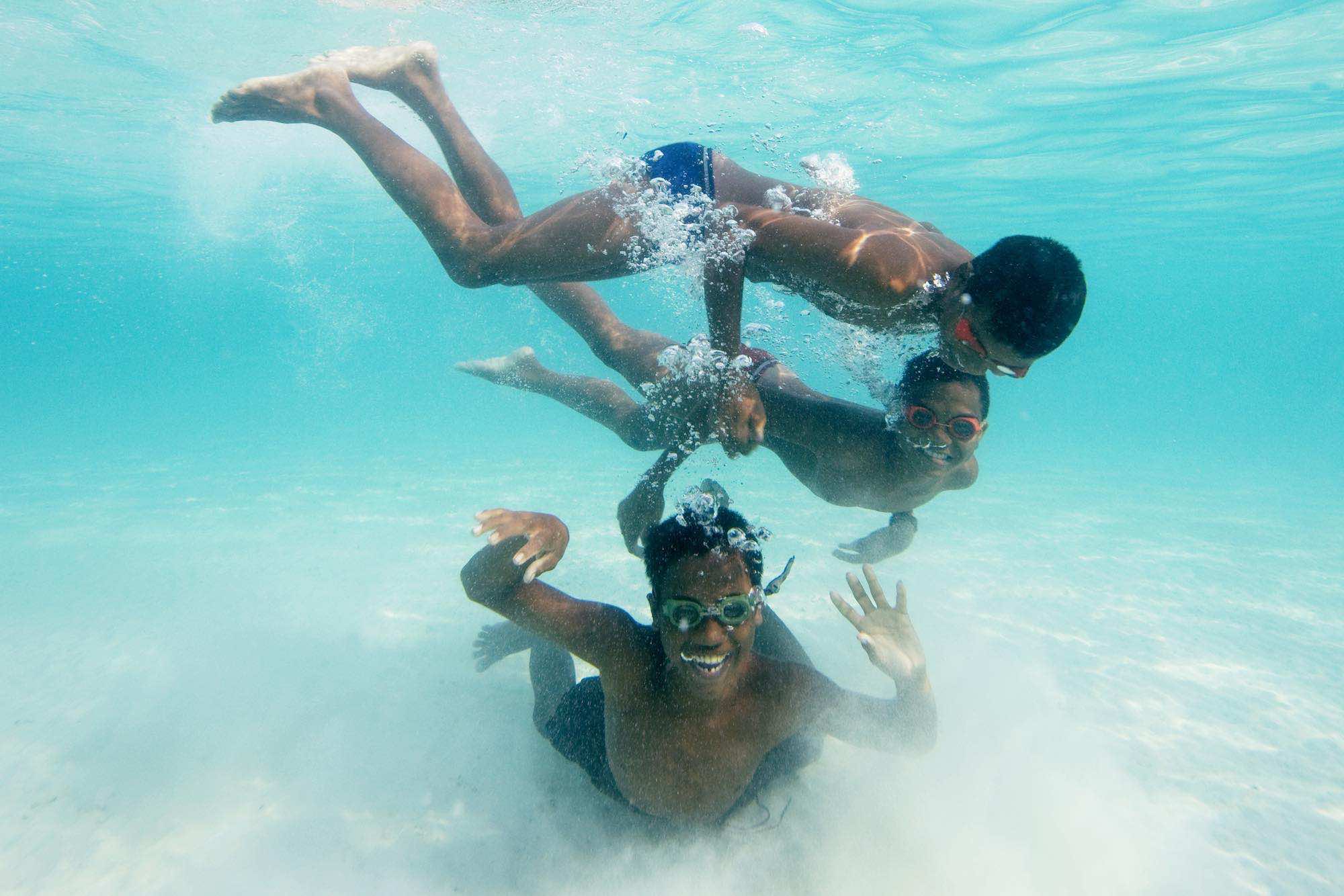
The Moken people have always tried to hide from outsiders, disappearing from view if any stranger came near. Today, the Moken have no place to hide: over the past few years it has became more difficult for the dwindling numbers of nomadic Moken still clinging to their wandering way of life. Mass fishing and aggressive assimilation policies have firmly pointed them towards land, rendering them stateless. The flotillas are no more as authorities have compromised their freedom, culture and natural disposition, replacing it with dependency and isolation. Tat and Sabai held out the longest, as the very last of the sea nomads.
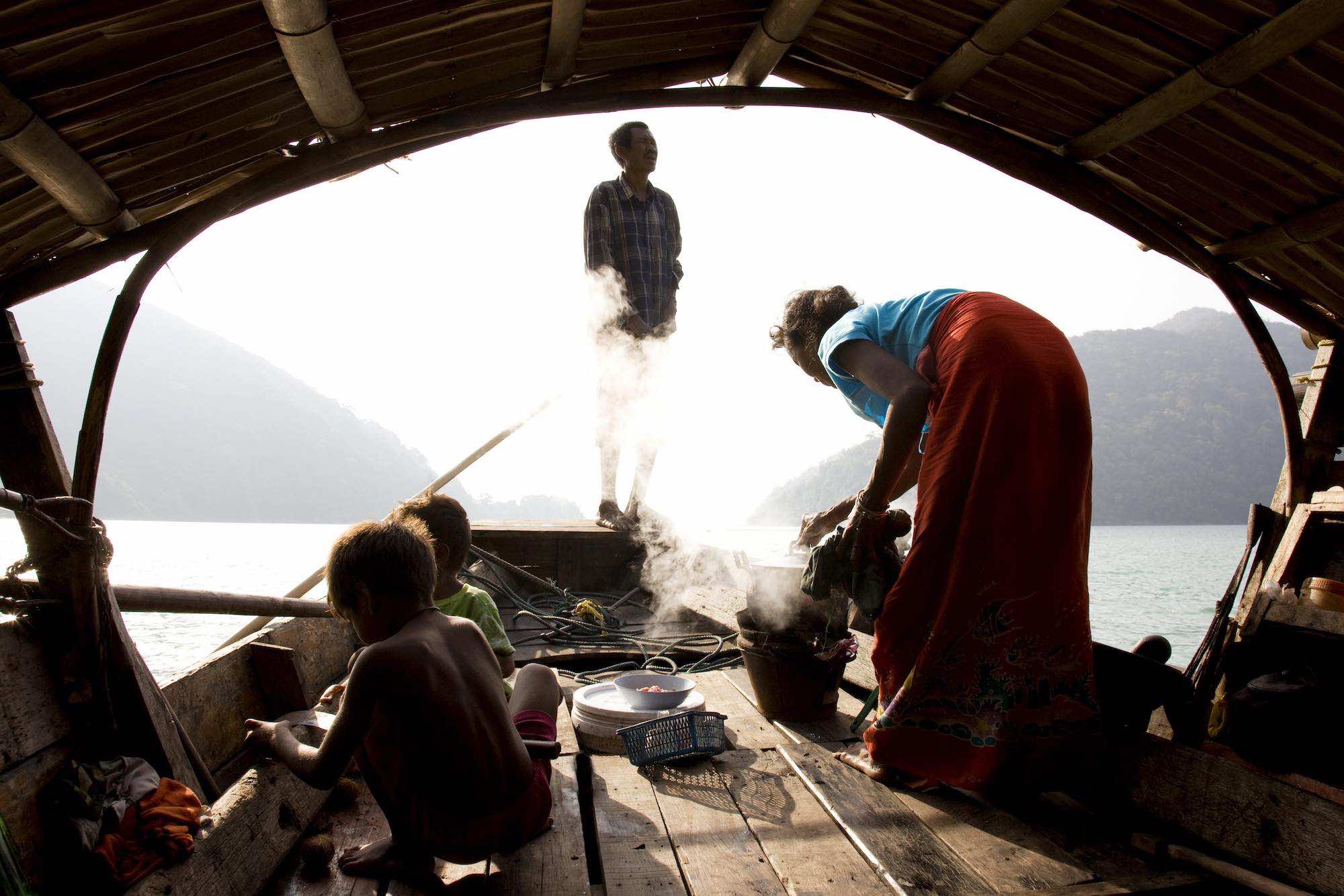
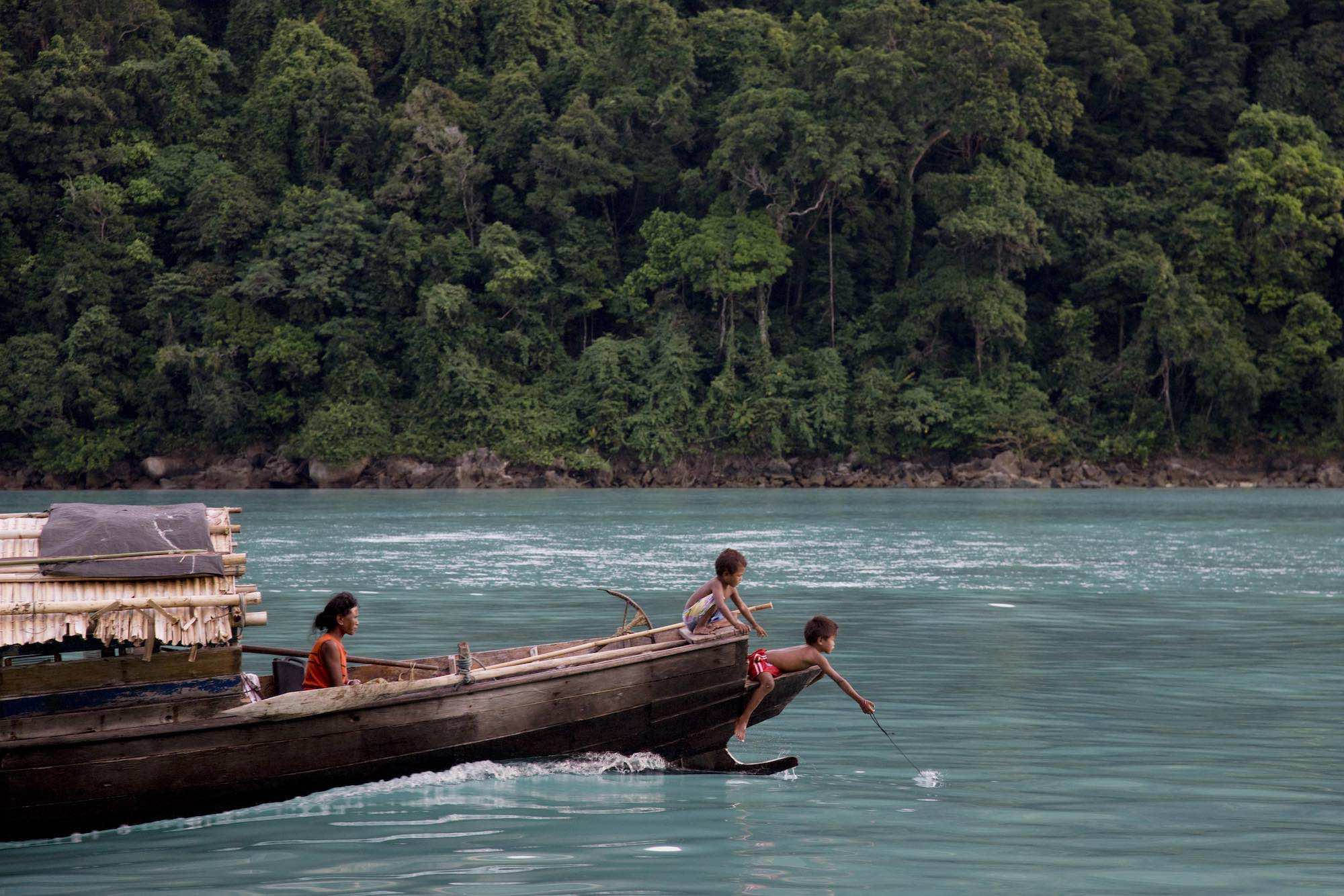
In late 2014 I returned to find them. Their way of life has changed dramatically from what I had been lucky enough to witness. The family now lives on Au Bon Yai, a village perched on the edge of the rainforest. Sabai’s sight has failed so she rarely leaves the hut, and the boys are now pursuing a more conventional island education. Baba, the eldest, excels in class but keeps the ‘old ways’ alive, leading his school friends on fishing missions in between lessons. This is what the next generation of Moken looks like, for now, but I fear the world is becoming impoverished with the loss of another unique culture.
